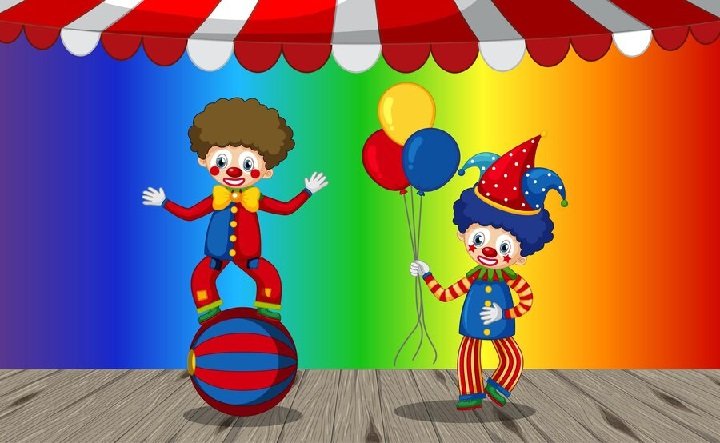Homey the Clown, a character created and performed by Damon Wayans on the television show In Living Color, has become a significant cultural icon since his debut in the early 1990s. As a part of the show’s diverse and groundbreaking sketch comedy, Homey the Clown stood out with his unique brand of humour and social commentary. This article delves into the origins, impact, and legacy of Homey the Clown, exploring why this character continues to resonate with audiences today.
The Origins of Homey the Clown
Homey the Clown made his first appearance on In Living Color, a sketch comedy show created by Keenen Ivory Wayans. The character was conceived as a critique of societal issues and stereotypes. Damon Wayans, who portrayed Homey, brought a distinctive edge to the character, blending humor with biting social commentary.
Homey is a disgruntled ex-convict who is forced to work as a clown as part of his parole agreement. His catchphrase, “Homey don’t play that,” quickly became a popular saying, reflecting his disdain for the absurdities and injustices he encounters. Homey’s refusal to conform to the expectations placed on him as a clown made him a relatable figure for many viewers, particularly those from marginalized communities.
Cultural Impact and Social Commentary
Homey the Clown is more than just a humorous character; he is a vehicle for social commentary. Through Homey, Damon Wayans addressed issues such as racial inequality, police brutality, and economic disparity. The character’s blunt and unapologetic approach to these topics resonated with audiences who were often left unrepresented in mainstream media.
One of the most significant aspects of Homey’s impact is his ability to highlight the absurdities of societal norms. By refusing to “play the game,” Homey exposes the often hypocritical and oppressive nature of these norms. His interactions with children in the sketches, where he would often end up subverting their expectations and delivering harsh truths, provided a stark contrast to the typically saccharine and condescending portrayals of clowns in media.
The Legacy of Homey the Clown
Despite In Living Color ending its run in 1994, Homey the Clown has remained a relevant and beloved character. His influence can be seen in various aspects of popular culture, from other comedy sketches to references in music and film. The character’s enduring popularity is a testament to the powerful combination of humor and social critique.
Homey’s legacy is also evident in the way he paved the way for more complex and multifaceted representations of marginalized communities in media. By addressing serious issues through the lens of comedy, Homey helped to open up conversations about race, class, and power dynamics in a way that was accessible and engaging for a broad audience.
Homey the Clown in Popular Culture
Over the years, Homey the Clown has been referenced and parodied in numerous other television shows, movies, and even music videos. His catchphrase and signature scowl have become iconic, symbolizing a refusal to accept the status quo. This widespread recognition is a testament to the character’s significant impact on popular culture.
In addition to these references, Homey’s influence can be seen in the broader landscape of comedy and satire. Characters who blend humor with social commentary, much like Homey, have become more prevalent in contemporary media. This trend underscores the importance of Homey the Clown as a trailblazer in the realm of socially conscious comedy.
The Enduring Appeal of Homey the Clown
The continued relevance of Homey the Clown can be attributed to several factors. Firstly, the character’s humor, while often dark and biting, is undeniably funny. Damon Wayans’ performance brought a unique charisma to Homey, making him both entertaining and thought-provoking.
Secondly, the social issues addressed by Homey remain pertinent today. Racial inequality, economic disparity, and other systemic injustices continue to affect many communities. Homey’s blunt and unfiltered approach to these topics provides a cathartic release for viewers who see their own frustrations and struggles reflected in the character’s experiences.
Finally, Homey’s refusal to conform to societal expectations is a timeless theme. In a world where conformity is often rewarded and dissent punished, Homey’s defiance serves as a powerful reminder of the importance of staying true to oneself and challenging the status quo.
Conclusion
Homey the Clown remains a powerful and enduring figure in popular culture. His unique blend of humor and social commentary has left a lasting impact on audiences and paved the way for more nuanced and representative portrayals of marginalized communities in media. As we continue to grapple with the same issues that Homey highlighted, his legacy serves as a reminder of the power of comedy to challenge and provoke meaningful conversations.


